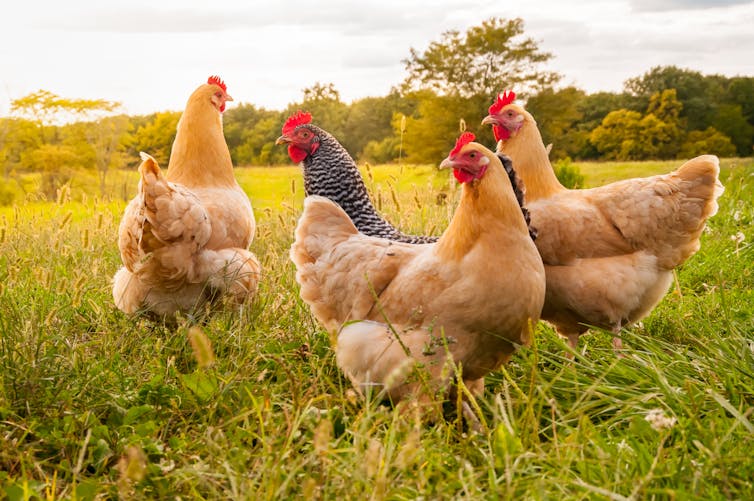Madeleine Cummings - Thursday
A 116-year-old building that was the first Catholic school on Edmonton's south side is on the market for $6.6 million.
The St. Anthony building on the corner of 84th Ave. and 104th St. in Old Strathcona was first built in 1906. In recent decades, Edmonton Catholic Schools has used it as a meeting centre, storage facility and archives.
ONE BLOCK AWAY FROM OLD SCONA PUBLIC SCHOOL BUILT IN 1905
WHERE I WAS HEAD CUSTODIAN FOR 14 YEARS
The district is now selling the property as it consolidates six administrative buildings and plans to move staff to the new Lumen Christi Catholic Education Centre on 50th St. this summer.
"We admit, it was not an easy decision to list St. Anthony for sale, but given our fiscal reality, the costs associated with operating and maintaining a building that is over 100 years old, it does not justify keeping it," spokesperson Christine Meadows said.
The district is now selling the property as it consolidates six administrative buildings and plans to move staff to the new Lumen Christi Catholic Education Centre on 50th St. this summer.
"We admit, it was not an easy decision to list St. Anthony for sale, but given our fiscal reality, the costs associated with operating and maintaining a building that is over 100 years old, it does not justify keeping it," spokesperson Christine Meadows said.
A first for the south side
In the 1890s, Catholic students who lived south of the North Saskatchewan River attended a one-room school within St. Anthony Roman Catholic Church.
According to the school district's records, Father Albert Lacombe named the parish, quoting an old church tradition that "a parish named after St. Anthony will never want for money."
As the population grew, more space was needed and a school was built, with the first floor and basement completed in 1906. When it opened, it became the first Catholic school in what was then Strathcona.
Helen Scarlett, Edmonton Catholic Schools' archives co-ordinator, said the building received a series of additions over the years before closing to students due to low enrolment in 1973.
Scarlett, who has worked there since 2003, knows the building's every nook and cranny, from the original air vents and separate entrances for boy and girls to the markings students etched on bricks outside.
A plaque from the city acknowledges its history but the building does not have historical designation.
Additions partially obscure the original school, so people walking by might not notice its age.
"Because of that, they don't really realize the rich history of the school, how long it's actually been here and how core of an element it was to Strathcona," Scarlett said.
Scarlett is collecting stories of the building from residents and plans to memorialize its history in some way.

© Gabriela Panza-Beltrandi/CBCEdmonton
Catholic Schools archives co-ordinator Helen Scarlett has been working in the St. Anthony building since 2003.
Interest from developers
Jandip Deol, with the commercial real estate company Avison Young, said a wide array of developers and builders have expressed interest in the St. Anthony site and the company is in talks with a few parties.
He said a parking lot on the property could accommodate something more urban, like a mixed-use development.
Deol said developers and builders understand the building's cultural and historical significance.
"I think everyone in the neighbourhood would like to see this building stay and that's been expressed to all the parties that had interest," he said.
Looking back and ahead
Anita Jenkins, who worked at the school as a Grade 4 teacher for two years in her early twenties, said that even in the 1960s, the building seemed dated.
"It was a very creaky old place," she recalled.
She said teachers addressed each other formally, not using their colleagues' first names, and the student population was diverse, with children coming from nearby apartments and the homes of provincial politicians and academics.
Jenkins said she is interested in preserving history but does not feel attached to the St. Anthony building.
"Some things have a best-before date," she said.
Lech Leszczak, who volunteers at a recovery program in the basement of the nearby Strathcona Baptist Church, said the neighbourhood could use a homeless shelter.
"Another shelter would be a good idea to take some of the burden off the churches," he said.
Scarlett said she hopes the building is preserved in some way.
"Having a link to an important part of the community's history is important and preserving that is very worthwhile," she said.

















